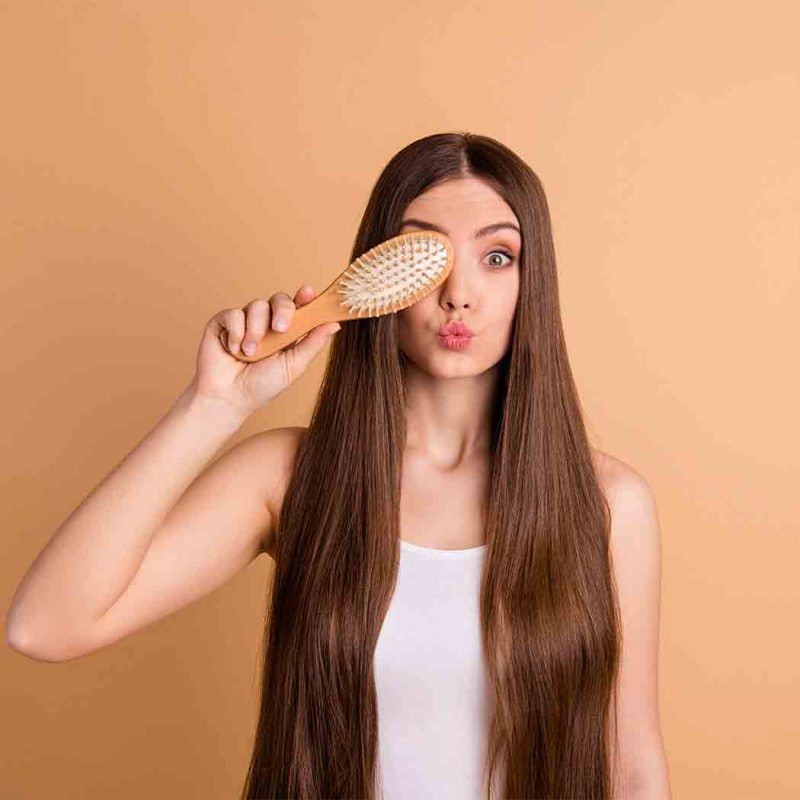When we talk about hair care, we often pay the most attention to our ends or the way our hair looks. In this, your scalp, which is the ground for your hair to grow in, can go unnoticed. The scalp tends to take a backseat when we plan a hair care day until it begs for attention with itchiness, bumps or dry skin.
While talking about hair problems has become a norm, scalp problems remain shrouded in mystery, and those who have it are ashamed to speak about it. Due to this, it is easy to disregard these problems altogether. Today, we’re here to break the silence and tell you about the common scalp problems, their causes and how you can treat them effectively.
The Common Scalp Problems
1. Dandruff
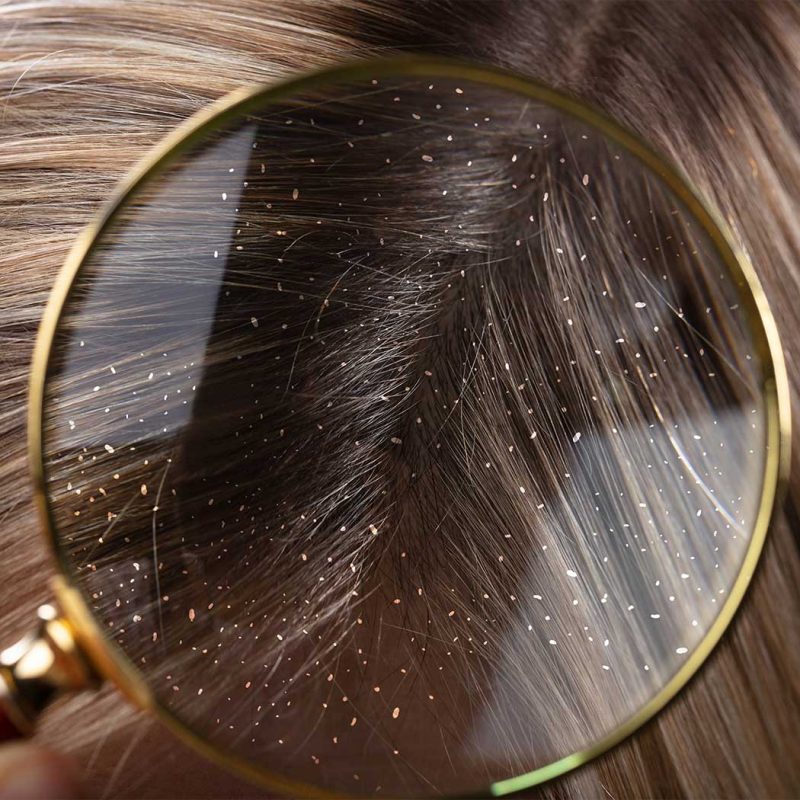
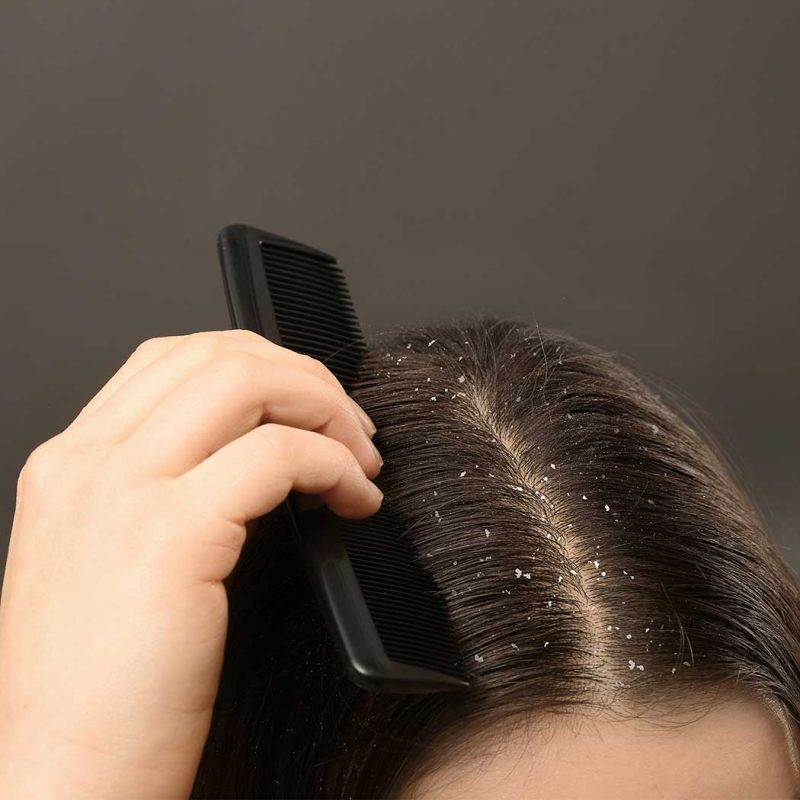
Dandruff is the most common of all scalp problems and can happen to anyone, regardless of how careful you are. This condition manifests itself as tiny white flakes that can be seen on your scalp (especially near the hairline and temples) as well as on your shoulders. These white flakes are essentially a build-up of dead skin that has shed from your hair. The exact cause of this non-infectious, non-contagious scalp problem in your hair varies from person to person.
However, dandruff is extremely easy to treat. Grab a shampoo with coal tar, zinc pyrithione or salicylic acid to battle the build-up. When you use the shampoo, ensure that you keep it on for five minutes to let it penetrate the scalp.
Common dandruff does have more severe variants such as seborrhoeic dermatitis and cradle cap. Seborrhoeic dermatitis is a common occurrence for people with oily hair or skin or those that suffer from acne. In this type, the dandruff is accompanied by redness and oil. These greasy, crusty scales also occur near your eyebrows, nose and ears. Cradle cap is another type of seborrhoeic dermatitis that affects infants and causes yellow scales on the scalp. To treat cradle cap, you can use the Parachute SkinPure Extra Virgin Coconut Oil, which is specially made for baby care.
2. Head Lice
Head lice is a common occurrence in children especially in communal spaces such as school or summer camp. The small, wingless insects are contagious and set up nests in your scalp unless cleared out. They can cause an itchy scalp and feed on blood but are not infectious. If you feel that your scalp is too itchy, give your hair a thorough check for these insects.
Thankfully, it is easy to get rid of scalp problems like these with over-the-counter products or special shampoos. Lice kits are also available in some pharmacies. Depending on what you use, you might have to comb through your hair to remove the eggs that the female lice lay in your head. Lastly, ensure that you put all the clothes and linen, where the lice could infest, for a wash to get rid of them completely.
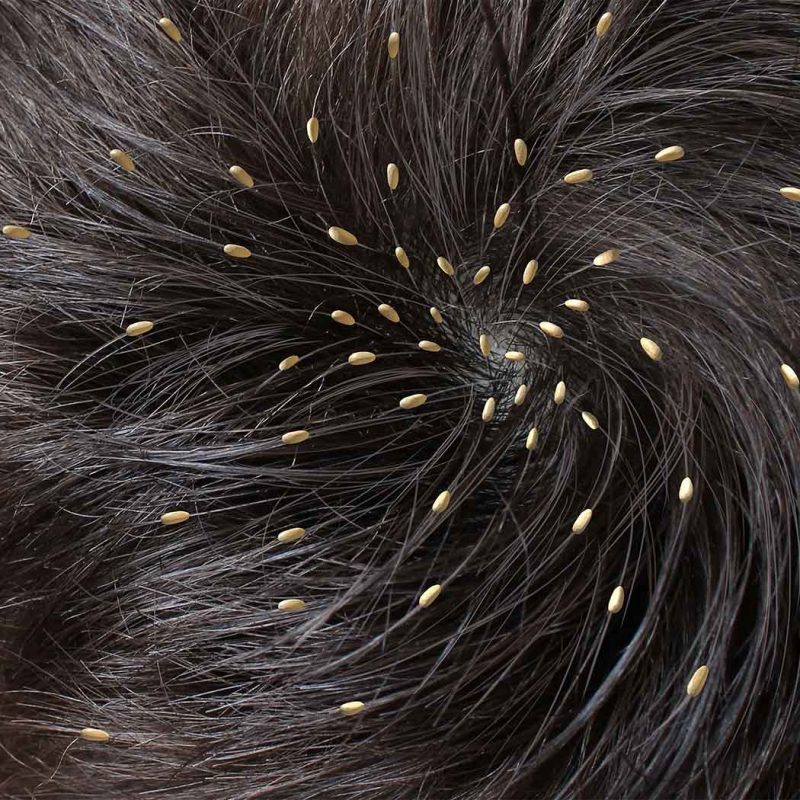
3. Ringworm
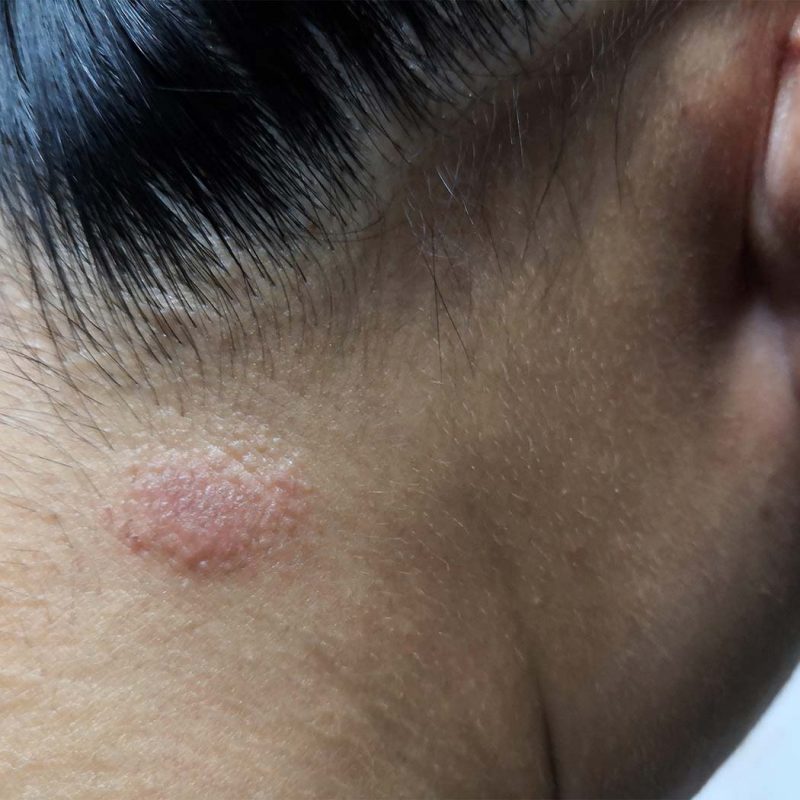
Ringworms are head scalp problems that aren’t associated with worms at all. It is a kind of infection identified with round, scaly and red patches that may itch. They also cause hair loss and can be transferred from one person to another if you share items such as clothes, combs, clips, towels etc. In rare cases, ringworm can also be transmitted from dogs or cats to humans. The most common causes of ringworms are found in children, but they can affect adults as well, so it’s important to take caution if your child or someone in your vicinity has it.
It may take up to 12 weeks to completely cure the infection and for the scar to vanish. During this time, it is important to take oral medicine for the infection and apply antifungal shampoo to your hair for better treatment and to stop itching. You can also use anti-inflammatory oil to reduce the redness and give relief to your scalp.
4. Folliculitis
When there are scalp problems in hair follicles, it is classified as folliculitis. Follicles are the roots that contain your hair strands, and they can get easily inflamed or infected if you use a public swimming pool or hot tub or from irritants such as plucking hair or product. In this case, the area that is affected will be filled with pus and raised pimples.
If you believe that the reason for folliculitis is makeup or waxing, avoid using them for some weeks till the area soothes down. Keeping your scalp cool, dry and clean is also important.
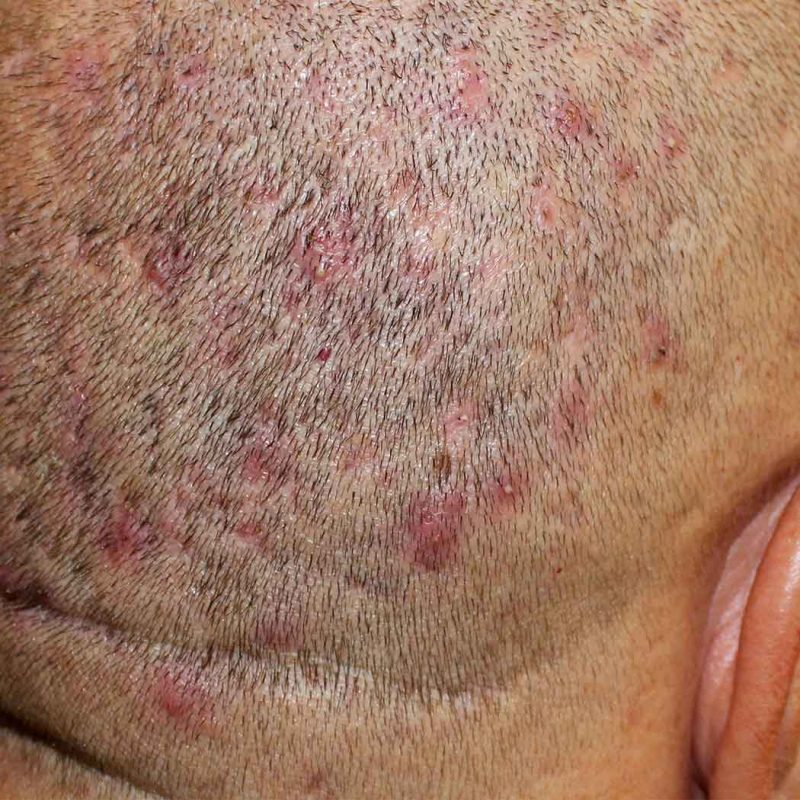
5. Psoriasis
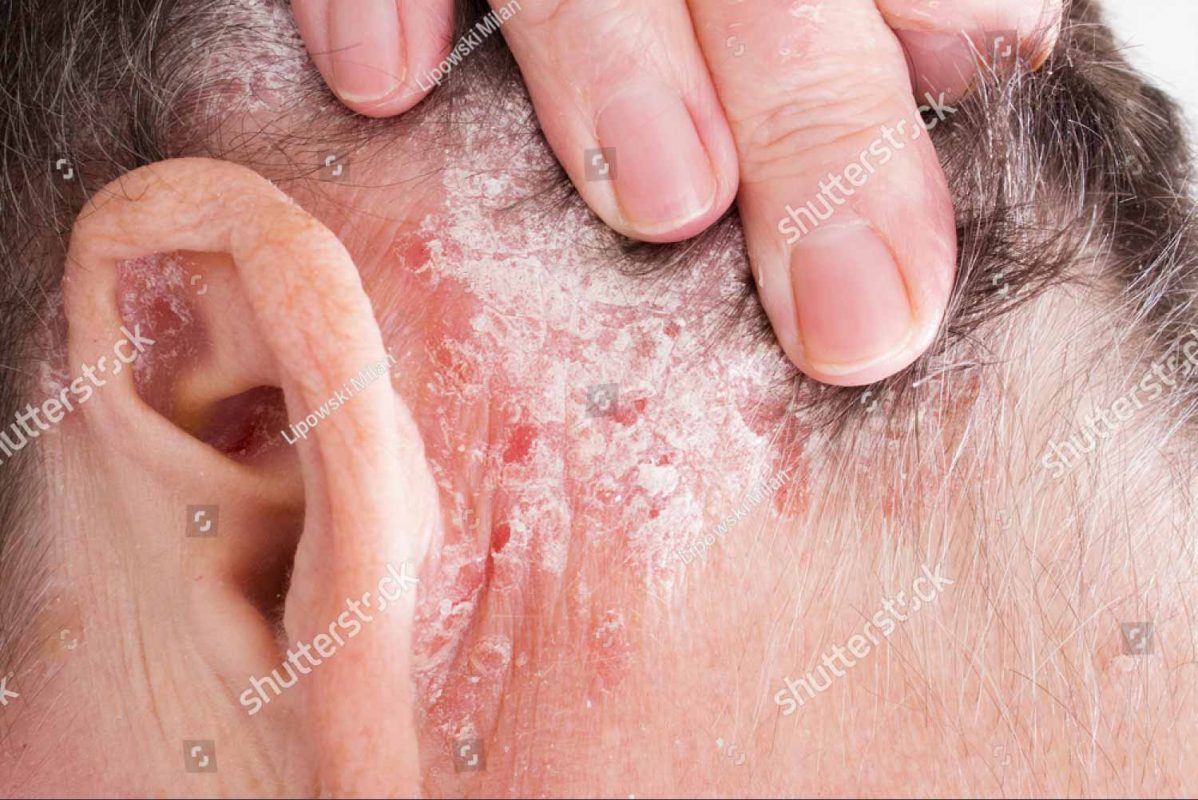
Psoriasis can appear anywhere on your skin but is also considered one of the common scalp problems. It can show itself much like dandruff since it is caused by an excess of skin cells, and the build-up appears in the form of flaky skin cells. However, with psoriasis, the new skin cells shedding can also cause soreness and itchiness.
To treat psoriasis, you can use steroid creams or ointments. If it’s a fairly mild case, you can also resort to shampoos with salicylic acid, which are used to cure head scalp problems.
6. Pattern Baldness
Pattern baldness, especially in males, is one of the most common scalp problems that you will see. It is generally a cause of ageing and genetics but sometimes can be triggered due to hormonal changes and bad hair treatment. Your first signs of pattern baldness will occur on the hairline and near your temples.
Sometimes, pattern baldness occurs due to underlying causes. This is the case in Alopecia areata, an autoimmune disorder that results in bald patches on your scalp. While pattern baldness is inescapable, especially if it’s genetic, you can slow it down by using several oils and products that keep your hair strong and healthy.
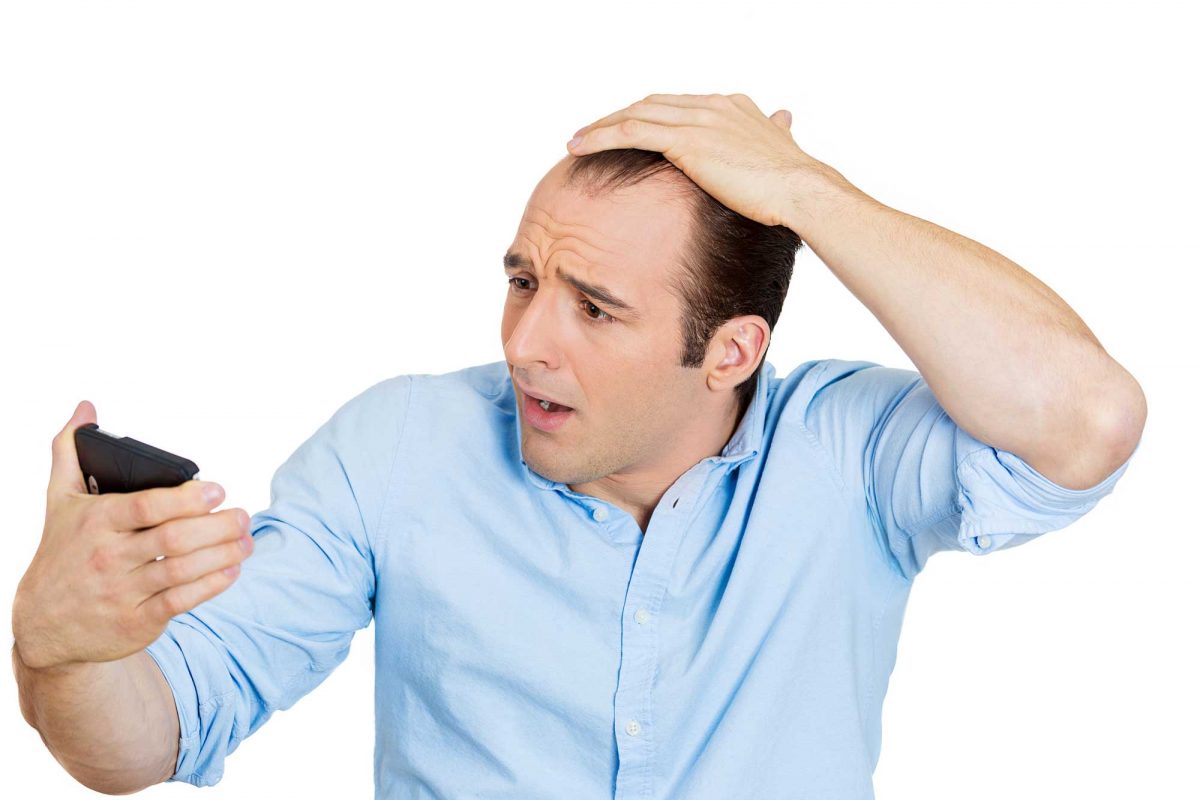
7. Medications and Medical Conditions

There are many other different scalp problems that can occur due to a myriad of reasons and generally lead to hair loss. These scalp problems can manifest due to nutritional deficiencies, thyroid problems, hormonal imbalances, use of medication such as birth control or blood thinners, and eating disorders.
In most cases, it is important that you get this diagnosed by your doctor for a more accurate result and to match the best treatment options. In some cases, the scalp problems can be solved by simply eating the right food, adopting the correct hair care routine and using over-the-counter medications.
Common scalp problems include easily treatable issues such as dandruff, head lice, ringworm, folliculitis, psoriasis and pattern baldness. Scalp problems can also occur due to nutritional deficiencies, hormonal changes or underlying issues. In this case, it is important to get diagnosed by a healthcare professional for the best treatment.
Why Should You Use Parachute Advansed Hair Oil?
Parachute Advansed Hair Oil is a 100% organic solution to your head and scalp problems that won’t irritate your scalp or cause a reaction. The oil prevents inflammation and makes the perfect treatment for problems that cause itchiness or redness. With Parachute Advansed Hair Oil, you can make the journey towards a healthy scalp quickly and efficiently.
Frequently Added Questions
Why do I Have Scabs on My Scalp?
If you have scabs on your scalp, it is possible that you have common scalp problems such as folliculitis, head lice, psoriasis or contact dermatitis. These can be easily treated with medication and special shampoos. If the scabs continue to grow or become more itchy and red, contact a dermatologist immediately.
Why am I Getting Sores on My Scalp?
Getting sores on scalp, especially if it is accompanied by itchiness or redness, means that your scalp is inflamed. This happens because of a fair amount of scalp problems, some of which are mentioned above. You might want to see a doctor if the soreness in your scalp gets worse, as this can mean that your infection has gotten severe.
Conclusion
Scalp problems are not as openly discussed as other hair problems, such as split ends or dry and damaged hair. However, these problems are just as common. By addressing these, we hope to help you understand them and their treatments better and break the silence over scalp problems yourself.



